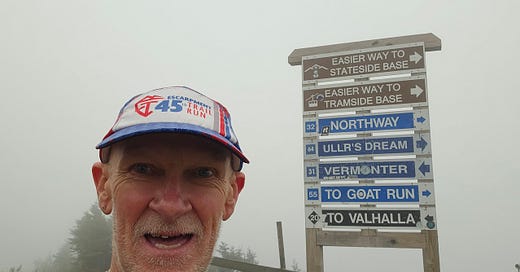I am posting this the weekend I should have been competing in my eighth consecutive Cat’s Tail Trail Marathon. The car accident put me off my training, and my enthusiasm with it, and once I realized that the ticket(s) I’d bought to see IDLES in NYC were for the same weekend, I decided to take advantage of a place to stay in Brooklyn instead. I am postin…
© 2025 Tony Fletcher
Substack is the home for great culture




